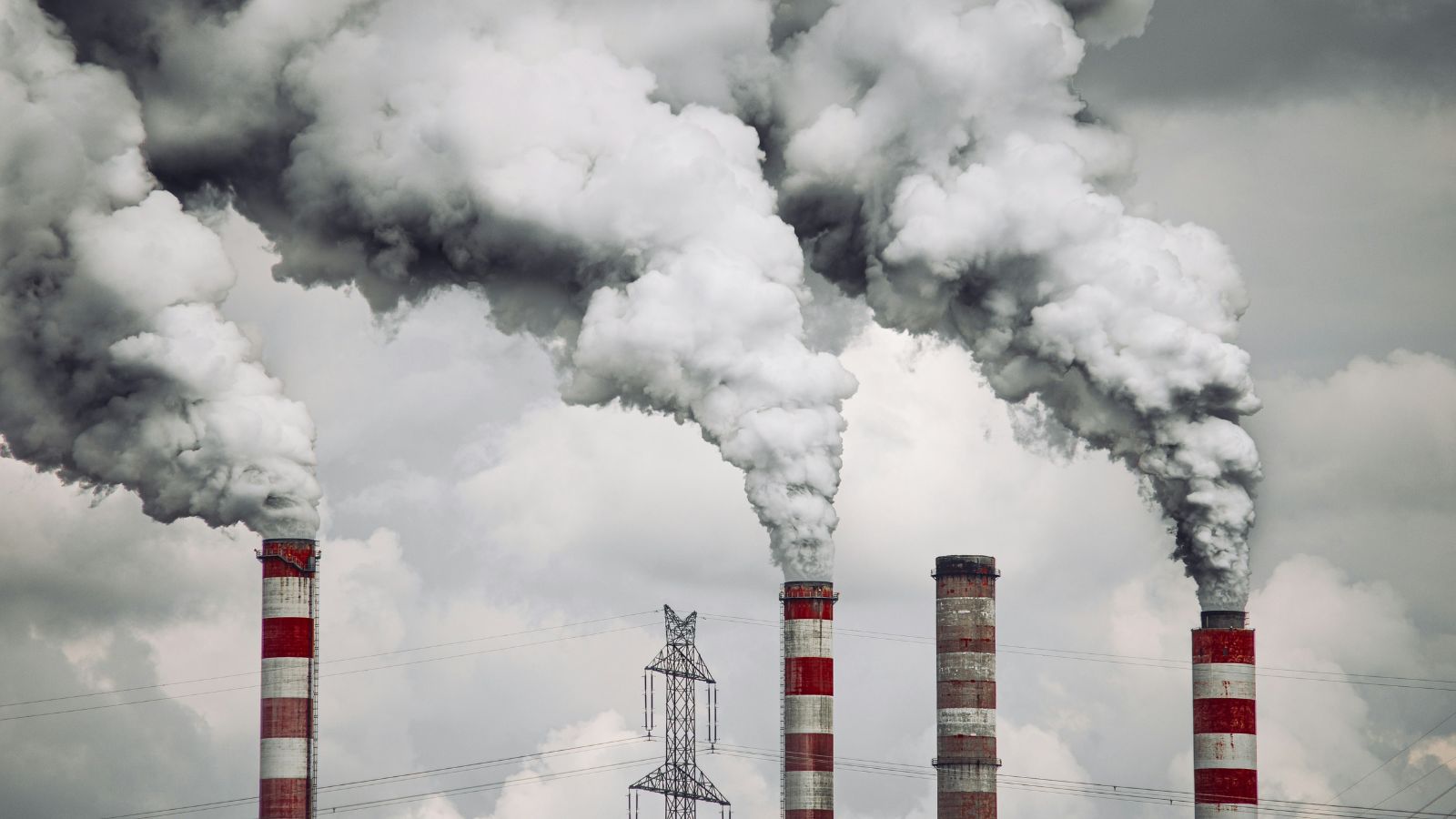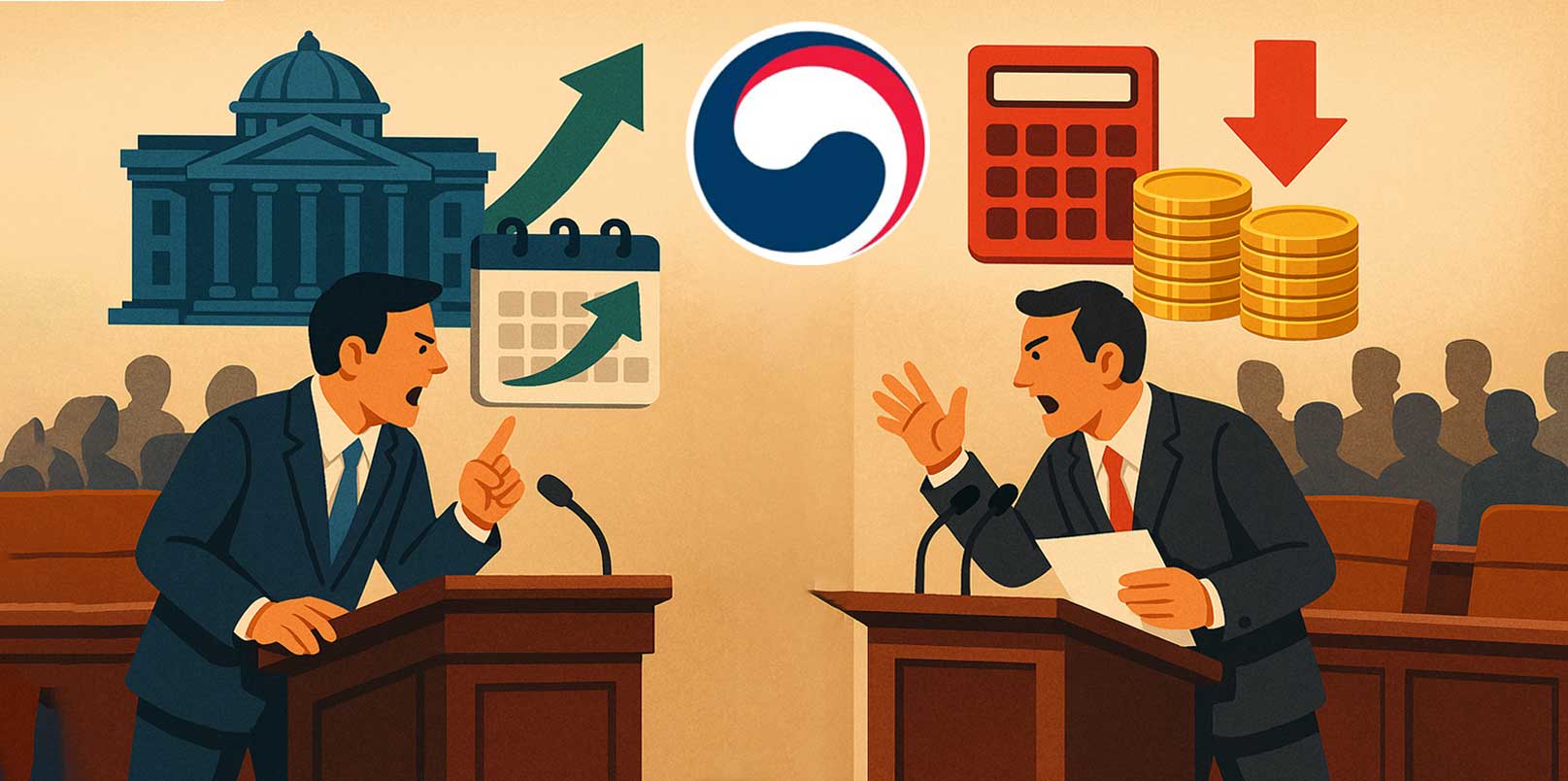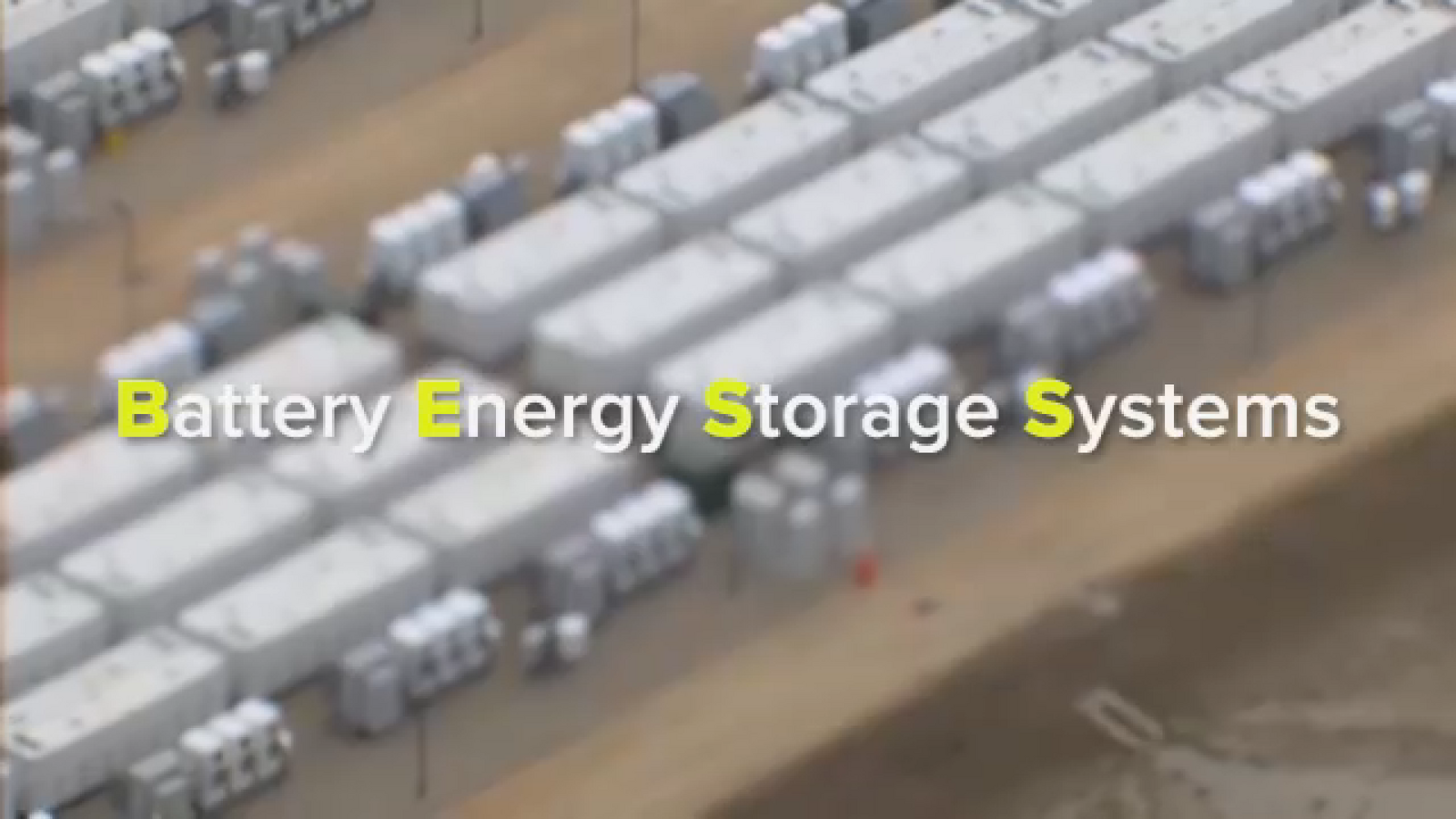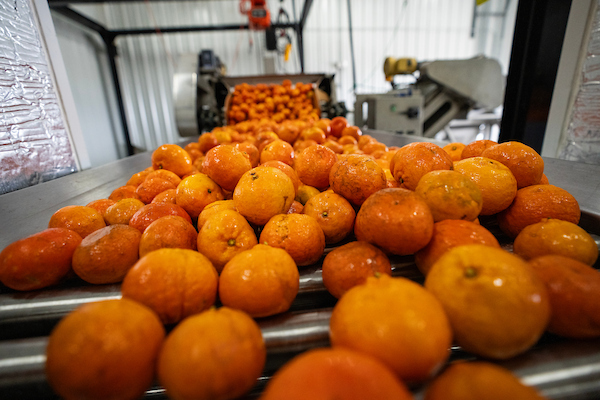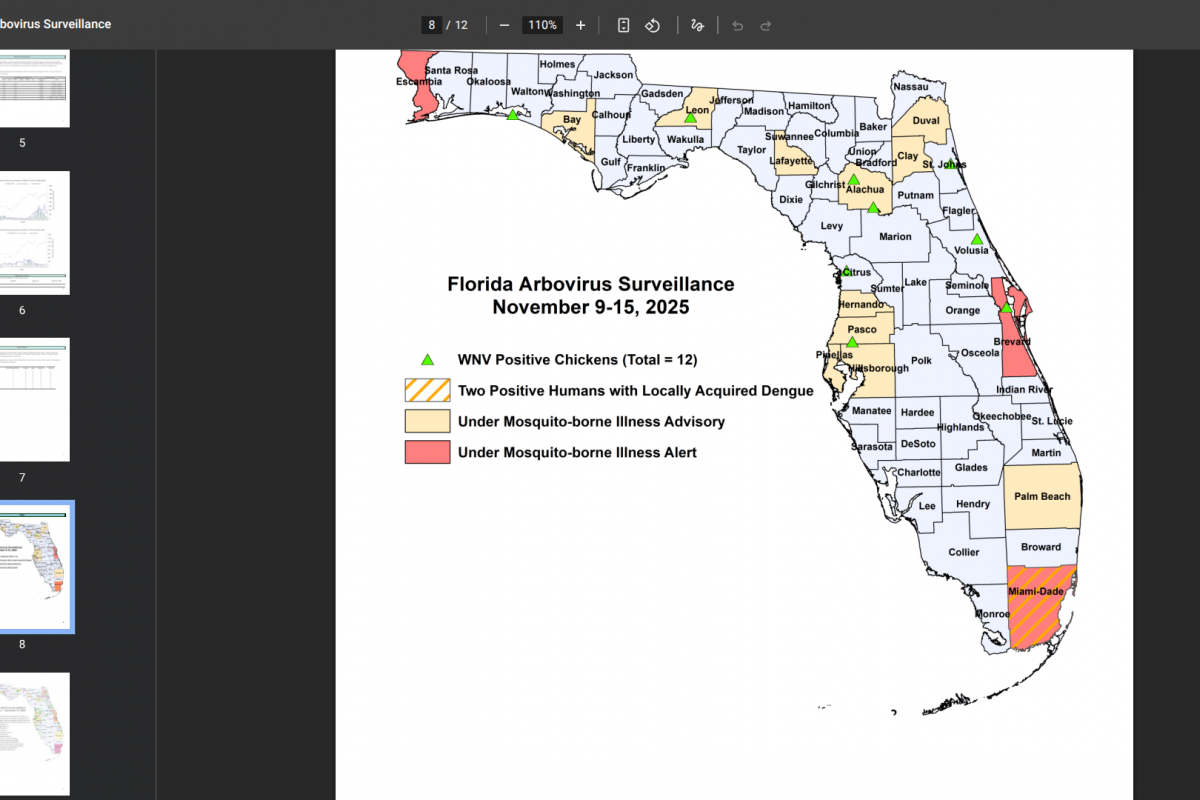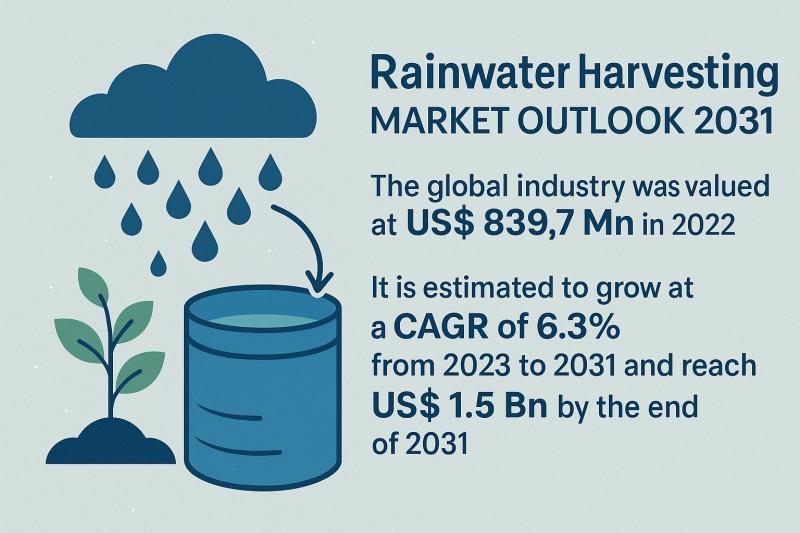DOJ | Hanover Foods to pay $1.15 million penalty for Clean Water Act violation – WGAL

Hanover Foods Faces Penalty for Environmental Violations, Impacting Sustainable Development Goals
Executive Summary of the Consent Decree
Hanover Foods has entered into a proposed consent decree with the United States Department of Justice (DOJ) following significant violations of the Clean Water Act at its wastewater treatment facility in Hanover, York County. The agreement mandates a $1.15 million civil penalty and comprehensive corrective actions to address the unlawful discharge of industrial waste. This case highlights critical intersections between corporate responsibility and the United Nations Sustainable Development Goals (SDGs), particularly those concerning environmental protection and public health.
Violations of Clean Water Act and SDG 6
The actions taken by Hanover Foods directly contravene the principles of SDG 6 (Clean Water and Sanitation), which aims to ensure the availability and sustainable management of water and sanitation for all. The company’s failure to properly treat industrial wastewater has resulted in the pollution of local water bodies.
- Systemic Non-Compliance: Since 2016, the facility has recorded over 600 violations of its National Pollutant Discharge Elimination System (NPDES) permit.
- Pollutant Discharges: Violations included excessive levels of suspended solids, ammonia nitrogen, and phosphorus discharged into Oil Creek.
- Operational Failures: Inspections revealed significant operations and maintenance violations, indicating a systemic failure to manage industrial waste responsibly.
Environmental and Community Impact: A Setback for SDGs 3, 14, and 15
The untreated wastewater from the Hanover Foods facility flows from Oil Creek to the Susquehanna River and ultimately into the Chesapeake Bay, causing widespread environmental degradation and jeopardizing several SDGs.
- SDG 3 (Good Health and Well-being): The DOJ stated that the improperly treated industrial waste “jeopardized human health,” undermining the goal of ensuring healthy lives and promoting well-being for all.
- SDG 14 (Life Below Water): The discharge of excessive nutrients and high-temperature effluent has a direct, harmful impact on aquatic ecosystems. This pollution damages populations of fish, shellfish, and underwater grasses, directly conflicting with the objective to conserve and sustainably use marine resources.
- SDG 15 (Life on Land): The pollution of freshwater ecosystems like Oil Creek and the Susquehanna River degrades habitats and harms biodiversity, impacting the broader goals of protecting and restoring terrestrial ecosystems.
Mandated Actions for Sustainable Production and Institutional Accountability
The consent decree enforces accountability and mandates a shift towards more sustainable practices, aligning with SDG 12 (Responsible Consumption and Production) and SDG 16 (Peace, Justice, and Strong Institutions). The legal action by the DOJ and EPA demonstrates the role of strong institutions in upholding environmental law.
The required corrective measures are designed to bring the facility into compliance and prevent future pollution events. These actions include:
- System Upgrades: A comprehensive upgrade of the wastewater treatment system to prevent exceedances of nutrient and temperature limits.
- New Equipment Installation: Installation of a permanent boiler to maintain required treatment temperatures and implementation of spare-parts programs to minimize operational downtime.
- Enhanced Monitoring: Implementation of continuous monitoring to ensure permit compliance, along with robust procedures for reporting violations and performing root-cause analysis.
- Improved Operations: A commitment to enhanced operations and maintenance (O&M) protocols to ensure the long-term sustainability and effectiveness of the treatment facility.
Analysis of the Article in Relation to Sustainable Development Goals
1. Which SDGs are addressed or connected to the issues highlighted in the article?
The article on Hanover Foods’ Clean Water Act violation connects to several Sustainable Development Goals (SDGs) that focus on environmental protection, health, responsible industry, and governance.
- SDG 6: Clean Water and Sanitation: This is the most directly relevant SDG. The entire article revolves around the pollution of water sources (Oil Creek, Susquehanna River, Chesapeake Bay) due to improperly treated industrial wastewater, which is a core concern of SDG 6.
- SDG 14: Life Below Water: The article explicitly states that the pollution from the facility has a negative “environmental impact” and that “excessive nutrients and high effluent temperatures harm aquatic life (fish, shellfish, underwater grasses) and ecosystems.” This directly addresses the conservation and sustainable use of marine and freshwater ecosystems.
- SDG 3: Good Health and Well-being: The connection to public health is clearly stated. The Department of Justice noted that Hanover Foods’ actions were “jeopardizing human health,” and the EPA highlighted that the corrective measures are vital for “protecting the health and well-being of the communities that rely on” the local water sources.
- SDG 12: Responsible Consumption and Production: The issue stems from an industrial production process (food processing). The article discusses the failure to manage industrial waste properly and the legal requirements for the company to adopt more sustainable practices by upgrading its wastewater treatment system, which aligns with ensuring sustainable production patterns.
- SDG 16: Peace, Justice and Strong Institutions: The article is a clear example of this goal in action. It details a legal process where government institutions (Department of Justice, EPA) are enforcing national environmental laws (the Clean Water Act) to hold a private company accountable for its violations through a civil penalty and a consent decree.
2. What specific targets under those SDGs can be identified based on the article’s content?
Based on the details in the article, several specific SDG targets can be identified:
- Target 6.3: “By 2030, improve water quality by reducing pollution… and minimizing release of hazardous chemicals and materials… halving the proportion of untreated wastewater…” The article’s focus on Hanover Foods’ failure to “properly treat industrial wastes” and the subsequent discharge of pollutants like “suspended solids, ammonia nitrogen, and phosphorus” directly relates to this target. The consent decree aims to “prevent unlawful discharges of industrial waste,” which is the primary goal of Target 6.3.
- Target 14.1: “By 2025, prevent and significantly reduce marine pollution of all kinds, in particular from land-based activities, including… nutrient pollution.” The article identifies the pollution as originating from a land-based facility and specifically names “excessive nutrients” (ammonia nitrogen and phosphorus) as a key problem. Since the pollution flows into the Chesapeake Bay, it directly addresses the reduction of nutrient pollution from land-based sources.
- Target 3.9: “By 2030, substantially reduce the number of deaths and illnesses from hazardous chemicals and air, water and soil pollution and contamination.” The article’s statements about the pollution “jeopardizing human health” and the need to protect the “health and well-being of the communities” align with this target’s objective of mitigating health risks from water pollution.
- Target 12.4: “By 2020, achieve the environmentally sound management of chemicals and all wastes throughout their life cycle… and significantly reduce their release to… water… in order to minimize their adverse impacts on human health and the environment.” The core issue is the mismanagement of industrial wastewater. The required “compliance actions” such as upgrading the wastewater treatment system and implementing enhanced monitoring are direct measures to achieve environmentally sound management of industrial waste.
- Target 16.6: “Develop effective, accountable and transparent institutions at all levels.” The enforcement action by the Department of Justice and the EPA, resulting in a “$1.15 million civil penalty” and a detailed consent decree, demonstrates the functioning of effective and accountable institutions holding a polluter responsible for violating environmental laws.
3. Are there any indicators mentioned or implied in the article that can be used to measure progress towards the identified targets?
Yes, the article mentions or implies several specific indicators that can be used to measure compliance and progress.
- Levels of specific pollutants: The article explicitly names the pollutants for which Hanover Foods violated its permit: “suspended solids, ammonia nitrogen, and phosphorus.” It also mentions “temperature limits.” Monitoring the concentration of these specific substances in the facility’s discharged wastewater serves as a direct, quantifiable indicator for progress towards Targets 6.3 and 14.1.
- Number of permit violations: The article states there have been “over 600 NPDES permit violations” since 2016. A reduction in the number of these violations to zero would be a clear indicator of successful implementation of the consent decree and progress towards Target 12.4.
- Implementation of compliance actions: The article lists specific upgrades and actions required by the consent decree, such as the installation of a “permanent boiler,” “spare-parts programs,” and “enhanced O&M with additional monitoring and tracking.” The completion and operational status of these upgrades serve as process indicators for achieving environmentally sound waste management (Target 12.4).
- Enforcement actions and penalties: The “$1.15 million civil penalty” and the establishment of a “proposed consent decree” are themselves indicators of institutional accountability (Target 16.6). They demonstrate that legal frameworks are in place and are being enforced to protect the environment and public health.
4. Table of SDGs, Targets, and Indicators
| SDGs | Targets | Indicators |
|---|---|---|
| SDG 6: Clean Water and Sanitation | 6.3: Improve water quality by reducing pollution and untreated wastewater. |
|
| SDG 14: Life Below Water | 14.1: Prevent and reduce marine pollution from land-based activities, including nutrient pollution. |
|
| SDG 3: Good Health and Well-being | 3.9: Reduce illnesses from water pollution and contamination. |
|
| SDG 12: Responsible Consumption and Production | 12.4: Achieve environmentally sound management of wastes to minimize adverse impacts. |
|
| SDG 16: Peace, Justice and Strong Institutions | 16.6: Develop effective, accountable, and transparent institutions. |
|
Source: wgal.com
What is Your Reaction?
 Like
0
Like
0
 Dislike
0
Dislike
0
 Love
0
Love
0
 Funny
0
Funny
0
 Angry
0
Angry
0
 Sad
0
Sad
0
 Wow
0
Wow
0



